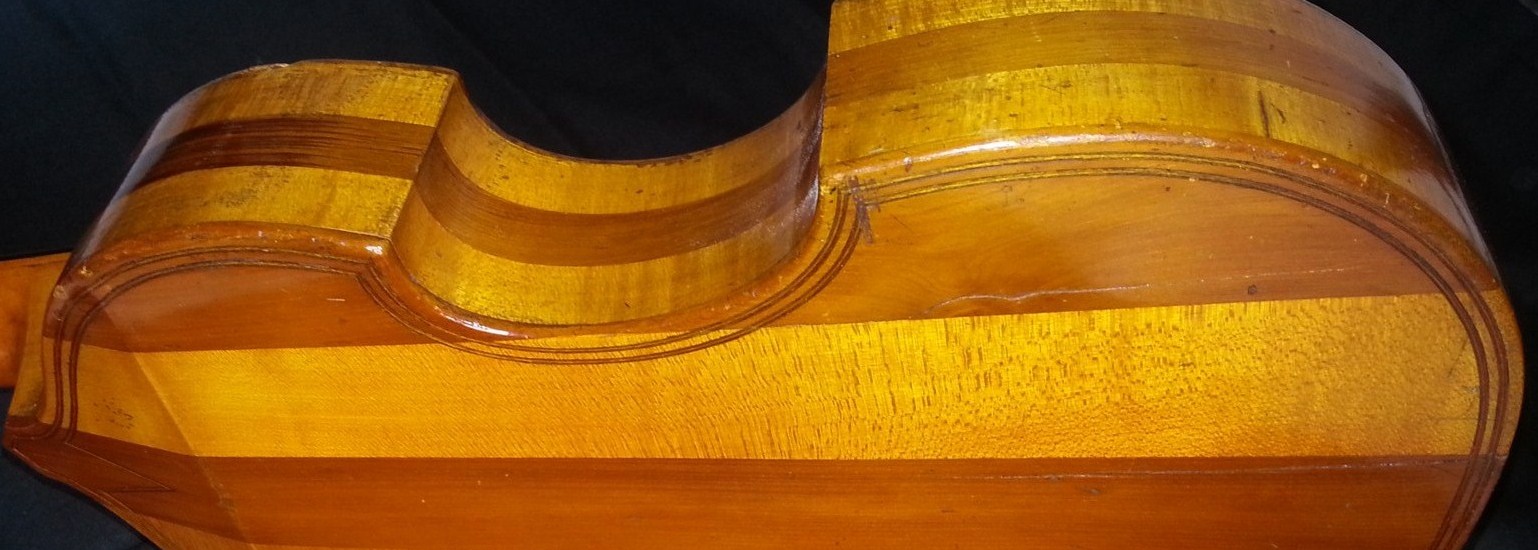Old Musical Instruments
Buying-Selling Early Musical Instruments
William Petit wpetit@sfr.fr Tel 00 33 6 13 12 43 22
Appraisal
Saxophones Selmer
Saxophones Adolphe Sax
Flûtes
Woodwind
Brasswind
Mandolins
Strings
Violin-Viola d'Amore-Quinton
Miscellaneous
Violin, Cello, Viola D'amore, Pardessus de Viole, Double basse, Quinton, Dancing master's kit
The violin, viola, and cello were first made in the early 16th century, in Italy.
The earliest evidence for their existence is in paintings by Gaudenzio Ferrari from the 1530s, though Ferrari's instruments had only three strings.
Since their invention, the violin family have seen a number of changes.
The overall pattern for the instrument was set in the 17th century by luthiers like the prolific Amati family, Jakob Stainer of the Tyrol, and Antonio Stradivari, with many makers at the time and since following their templates.
The viola d'amore is a 7- or 6-stringed musical instrument with sympathetic strings used chiefly in the baroque period.
It is played under the chin in the same manner as the violin.
The viola d'amore shares many features of the viol family.
It looks like a thinner treble viol without frets and sometimes with sympathetic strings added.
The six-string viola d'amore and the treble viol also have approximately the same ambitus or range of playable notes.
The instrument was especially popular in the late 17th century, although a specialised viola d'amore player would have been highly unusual, since it was customary for professional musicians to play a number of instruments, especially within the family of the musician's main instrument.
Later, the instrument fell from use, as the volume and power of the violin family became preferred over the delicacy and sweetness of the viol family.
However, there has been renewed interest in the viola d'amore in the last century.
The new musical instruments are on my new website https://www.instruments-anciens.com/nouveautes
Website available on all devices :smartphones, tablets... Both websites are still online
|
|
Viola D'amore Sold |
|
|
Viola D'amore by Morhange à Paris Sold |
|
|
Quinton by Guersan Paris 1750 Sold |
|
|
Viola D'Amore Hulinsky 1785 Sold |
|
|
Viola d'Amore Vautrin Sold |
|
|
XVIII em Century Doublebass By François Lejeune Sold |
|
|
Violin by Blondelet 1925 Sold |
|
|
Six-stringed Pardessus de Viole Sold |
|
|
Quinton Sold |
|
|
Violin Jules Grandjon Sold |



